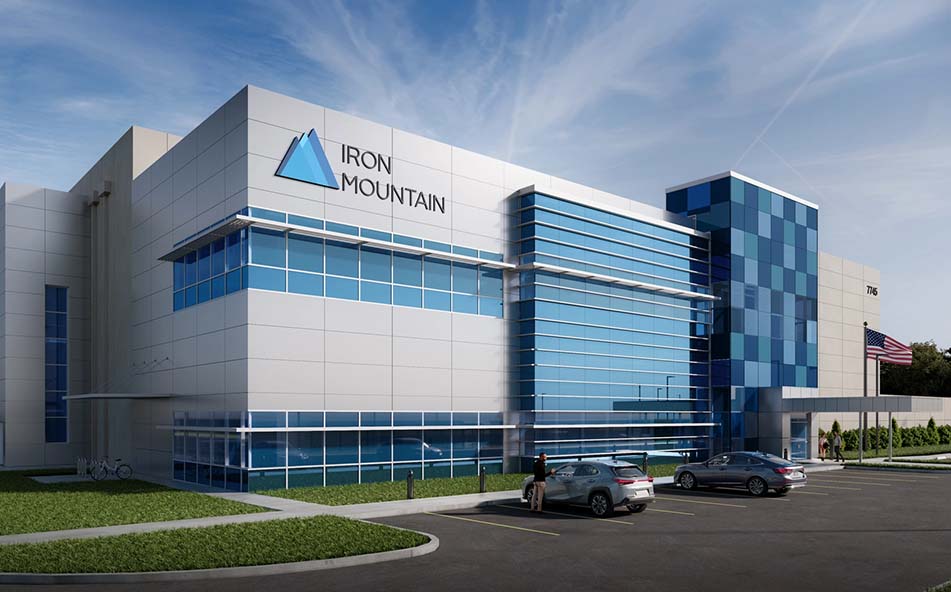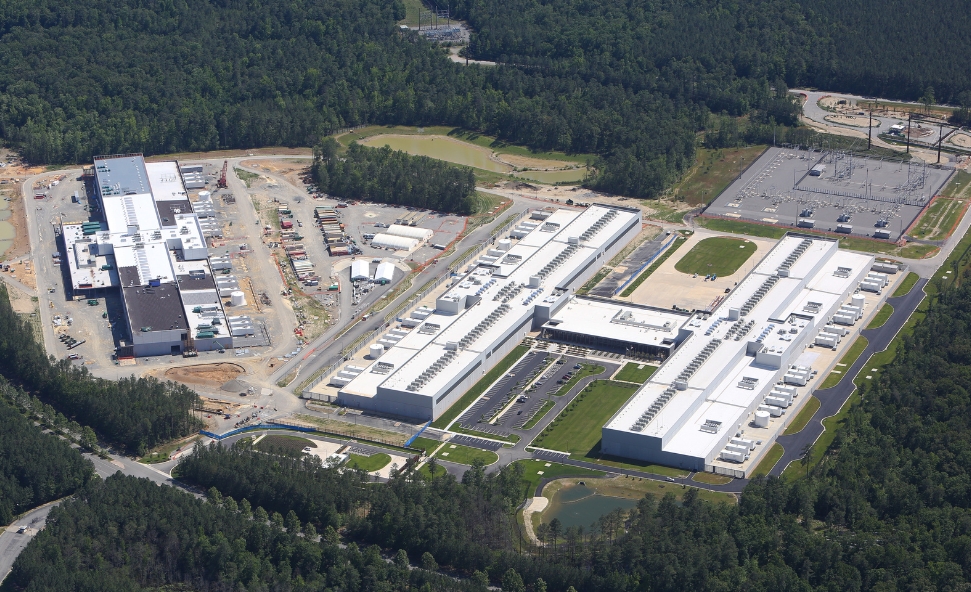
News
Blog | 5 min read
January 13, 2025

Immediate data transmission is critical for business today. Companies, especially in the information technology (IT) industry, rely on the high-speed exchange of information to operate smoothly and successfully.
High-capacity fiber-optic networks provide the speed and reliability needed to support these technologies. Without these vital networks, IT companies would struggle to meet growing demands of the modern economy.
Greater Richmond offers companies a unique strategic advantage as four subsea fiber lines intersect in the region. Companies operating in Greater Richmond benefit from exceptionally fast internet, reliable global market access and low-latency communication thanks to the region’s converging subsea cable networks all in a low natural disaster risk environment.
Major fiber cables such as the Dunant, MAREA, BRUSA and the planned SAEx lines terminate in Virginia Beach and run north through Greater Richmond, connecting local companies directly to Puerto Rico, Brazil, Spain, France and South Africa.
The Dunant cable system is the first ever in-service undersea cable to feature a 12 fiber-pair Space Division Multiplexing design where multiple spatial channels are utilized for optical data transmission. The 4,101-mile cable system connects to Saint-Hilaire-de-Riez, France, delivering the highest capacity of more than 250 Terabits per second (Tbps).
Operating at 200 Tbps, the MAREA cable connects Greater Richmond to Spain. The 4,128-mile subsea cable system has shorter amplifier spacing of 34.7 miles allowing for an ideal signal-to-noise ratio. This ensures clear and reliable communication over long distances.
The BRUSA cable, connecting the region to San Juan, Rio de Janeiro and Fortaleza, spans a total of 6,835 miles. This vital cable operates to a capacity up to 160 Tbps, facilitating direct data transmissions between Brazil and the United States, two of the largest markets in the world.
Planned for completion by early 2025, the South Atlantic Express (SAEx) will span 15,500 miles connecting its first phase from the U.S. to South Africa and a second phase from South Africa to Singapore. This subsea cable system is expected to operate up to 72 Tbps.
USA Today ranked Greater Richmond the #1 Climate Resilient U.S. City based on its low vulnerability to natural disasters and ability to prepare for them. Thanks to the region’s strategic location and stable infrastructure, Greater Richmond provides one of the best location values for data centers in the mid-Atlantic making it a prime location for companies seeking efficient operations. The region’s risk averse operating environment coupled with the subsea fiber lines accelerates IT and data center growth in the region.
Facebook parent company Meta has significantly boosted the region’s growth by investing more than $1 billion in its Henrico Data Center. Located in White Oak Technology Park, the campus supports renewable energy initiatives that contribute to the region’s sustainability growth. Along with other strategies, Meta integrated more than 11,700 megawatts of renewable energy, converting 100 percent of its electricity use to renewable energy, advancing the transition to clean energy use.
QTS Data Centers operates the Richmond Network Access Point (NAP) which provides companies with consistent data exchange, high-speed internet and the highest on-net capacity for handling network traffic.
Hanover County recently approved a zoning request for a 1,200-acre data center park. Tract, a leading data center developer, plans to create up to 9 million sq.ft. of data center space across 30 buildings on multiple campuses.
Companies that support data centers see new opportunities here, too. Condair Group AG, an evaporative technology company in Chesterfield County, recently cut the ribbon on its operations in Greater Richmond. The Swiss company provides data centers with humidification and evaporative cooling which is critical to prevent electrostatic discharge from damaging servers.
In addition to mitigating risk, a key factor for data centers is utility affordability in which Greater Richmond offers a competitive advantage. With utility rates 8 percent below the national average, data centers in Greater Richmond benefit from efficient energy sources while reducing operational costs. Plus, data centers in the region have the advantage of being near Dominion Energy located in the City of Richmond. Dominion is a major utility provider in the region, facilitating reliable power generation to meet the growing demands of data centers. The company also fulfills the needs of sustainably driven organizations as it works to leverage clean energy.
Greater Richmond’s position as the #11 Hottest Job Market by The Wall Street Journal highlights the region’s strength in workforce development and its emergence as a tech hub. Greater Richmond’s robust tech talent network and its support for local IT provides a dynamic ecosystem for tech businesses to thrive.
Greater Richmond’s strategic combination of robust infrastructure and affordability allows data centers and businesses across industries to operate with high efficiency and minimal risks of delays or disruptions. These advantages and more allow companies to optimize their Greater Richmond operations.